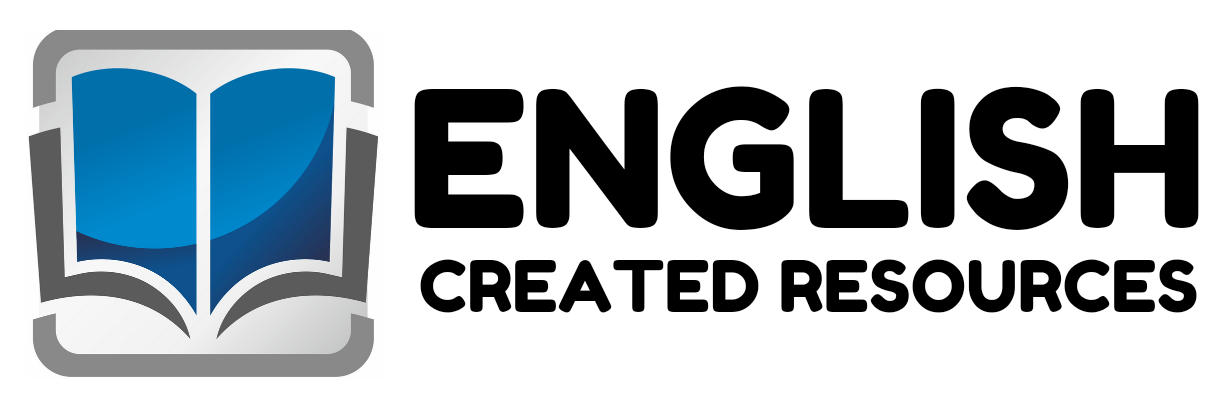Good Morning Greetings Posters

Good Morning Greetings Posters
Creating a welcoming and positive learning environment is one of the most essential aspects of effective teaching. Among the many strategies educators use to foster a sense of belonging, connection, and routine in their classrooms, the use of visual cues such as “Good Morning Greetings” posters stands out as a powerful and simple tool. These posters, often colorful and engaging, are typically displayed at the entrance or within the classroom and feature cheerful greetings, smiley faces, and sometimes interactive elements. While seemingly minor, the role these posters play in shaping classroom culture and promoting social-emotional learning is significant.
Establishing a Positive Start to the Day
Mornings set the tone for the entire school day. Students often arrive with various emotions, coming from different environments and experiences. A bright and cheerful “Good Morning” poster serves as an immediate visual cue that the classroom is a safe, caring, and welcoming space. It reminds students that their presence is valued and sets a positive emotional tone before the formal learning even begins. When children are greeted warmly—visually and verbally—they feel noticed, acknowledged, and ready to engage. This simple practice can reduce morning anxiety and encourage students to begin their day with a calm and focused mindset.
Promoting Emotional Well-Being and Inclusivity
Posters with friendly greetings contribute to students’ emotional well-being. They offer a non-verbal, consistent expression of kindness and hospitality, which is especially important for shy, anxious, or non-verbal learners. A student who may not be ready to speak or interact socially in the morning can still receive a “hello” through the poster, creating an inclusive and emotionally sensitive atmosphere. Additionally, greetings in multiple languages or with images representing diverse cultures promote inclusivity and affirm the identities of students from varied backgrounds.
Building Routine and Social-Emotional Skills
Routine and structure are vital in classroom management and student development. A morning greeting routine, reinforced visually with a poster, helps establish a predictable and comforting daily rhythm. Over time, students come to associate these visual reminders with emotional safety and readiness to learn. Moreover, many “Good Morning” posters are interactive—allowing students to choose how they want to be greeted (e.g., handshake, wave, fist bump, or high-five). This simple choice gives children autonomy and a sense of control over their interactions, which strengthens decision-making and interpersonal skills. It also promotes respectful communication and empathy, as students learn to understand and honor each other’s preferences.
Supporting Language Development and Literacy
For younger learners, English language learners (ELLs), or students with speech and language challenges, repeated exposure to greetings and polite language fosters language development. Posters with clear visuals and simple phrases help reinforce vocabulary, sentence structure, and social language patterns. Teachers can use the poster as a teaching tool—modeling how to say “Good Morning,” discussing what it means, and encouraging students to use it with peers and staff. This repetition builds confidence and fluency in verbal expression while supporting early literacy through word recognition.
Creating a Welcoming Classroom Culture
Classroom culture plays a critical role in how students perceive school and their willingness to participate. A classroom that feels warm, friendly, and respectful inspires students to be their best selves. A “Good Morning Greetings” poster contributes to this culture by emphasizing kindness, human connection, and respect for others. It becomes part of the classroom’s emotional landscape, reminding everyone—students and teachers alike—of the importance of starting each day with a positive attitude. When students feel welcomed every morning, they are more likely to be cooperative, motivated, and resilient throughout the day.
Enhancing Teacher-Student Relationships
Teachers who consistently greet their students each morning—especially when supported by a visual poster—foster stronger relationships with their learners. This daily acknowledgment builds trust, helps teachers identify students’ emotional states, and opens the door for early intervention when a student seems upset or withdrawn. The poster acts as a gentle prompt for this interaction, encouraging teachers to engage warmly and intentionally with each student. In turn, students feel seen and valued, which enhances their connection with the teacher and their engagement in learning.
In conclusion, “Good Morning Greetings” posters are much more than decorative classroom materials. They are meaningful tools that contribute to students’ emotional health, social development, and academic readiness. By offering a consistent, inclusive, and cheerful welcome each day, these posters help create a classroom culture grounded in respect, kindness, and connection. As educators strive to meet the diverse needs of their students, such small but powerful gestures can have a lasting impact on a child’s educational journey. Investing in these posters—and the welcoming routines they represent—is a step toward building classrooms where all students feel valued, supported, and ready to learn.
Samples from the posters












